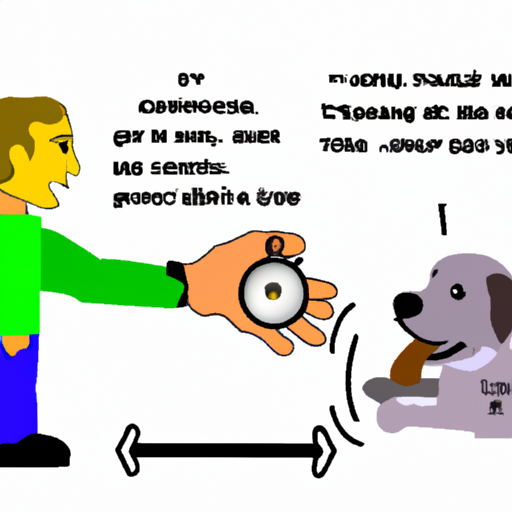Introduction
Caring for a dog is a commitment that demands time, energy, and an understanding of their health needs. As a responsible caregiver, it is essential to understand how to monitor your dog’s vital signs, including their pulse. This article will guide you through a step-by-step process to accurately check your dog’s pulse.
Importance of Checking Your Dog’s Pulse
Being able to check your dog’s pulse is a crucial skill for every dog owner. By doing so, you can:
- Understand your dog’s normal heart rate, making it easier to spot abnormalities.
- Monitor your dog’s recovery after exercise.
- Recognize early signs of illness or distress.
Step-by-Step Guide to Checking Your Dog’s Pulse
- Find the Femoral Artery: The femoral artery, located on the inside of the hind leg, is the easiest place to locate your dog’s pulse. Rest your hand on your dog’s thigh, your fingers should naturally land on the femoral artery.
- Feel for the Pulse: Apply gentle pressure with your fingers until you feel a rhythmic beat. This is the pulse.
- Count the Beats: Use a stopwatch or clock to count the number of pulses in a 15-second period.
- Calculate the Heart Rate: Multiply the number of pulses by four to get the beats per minute (BPM).
Normal Pulse Rate for Dogs
The normal pulse rate for dogs varies by size:
| Size | Normal Pulse Rate (BPM) |
|---|---|
| Small dogs (<30lbs) | 120 – 160 |
| Medium dogs (30-60lbs) | 100 – 140 |
| Large dogs (>60lbs) | 60 – 120 |
Remember, factors like stress, exercise, and excitement can influence your dog’s heart rate.
FAQs
Q: How often should I check my dog’s pulse?
A: As a general rule, check your dog’s pulse once a month to understand their normal heart rate.
Q: What should I do if my dog’s pulse rate is abnormal?
A: If you notice an abnormal pulse rate, consult your veterinarian immediately. It could be a sign of a serious health condition.
Q: Is it normal for a dog’s pulse rate to fluctuate during the day?
A: Yes, a dog’s pulse rate can fluctuate due to factors like exercise, stress, and excitement.
Q: Can I check my dog’s pulse anywhere else?
A: Yes, you can also check the pulse by placing your hand on the left side of your dog’s chest, where the heart is located.
As a caregiver, your role is to provide a safe, healthy environment for your dog. By learning how to check your dog’s pulse, you take a significant step in ensuring their well-being. After all, a healthy dog is a happy dog.



